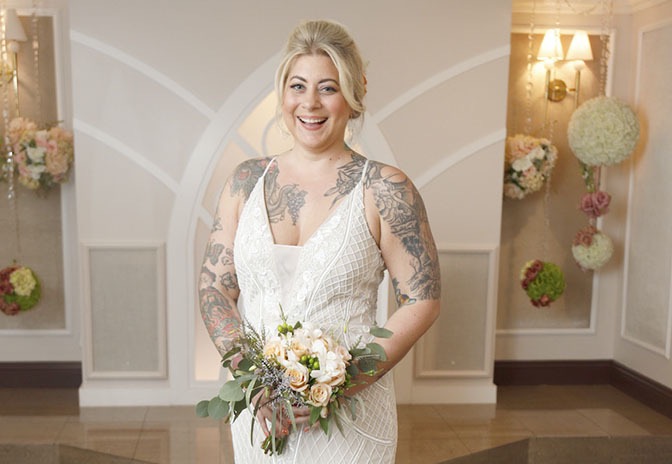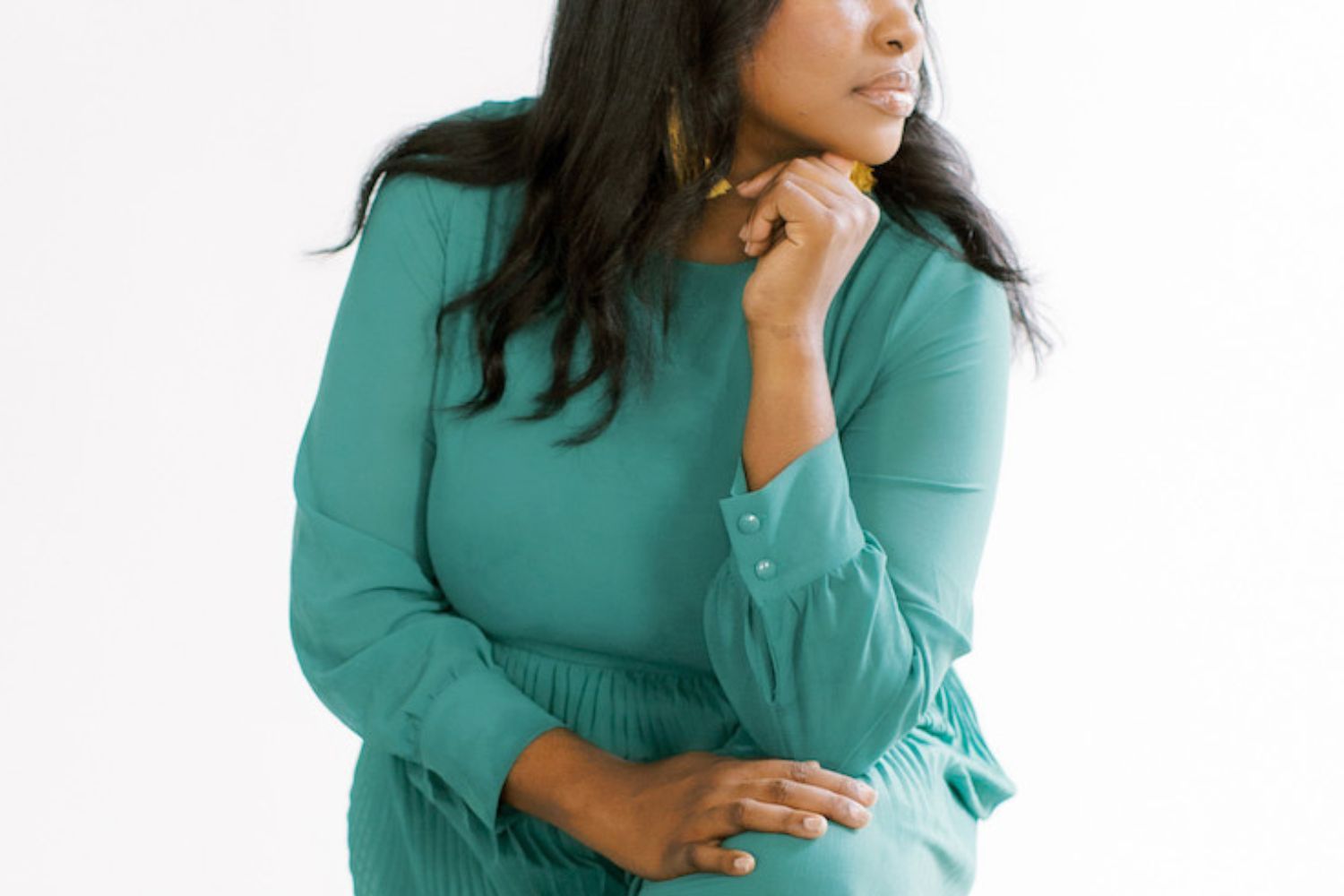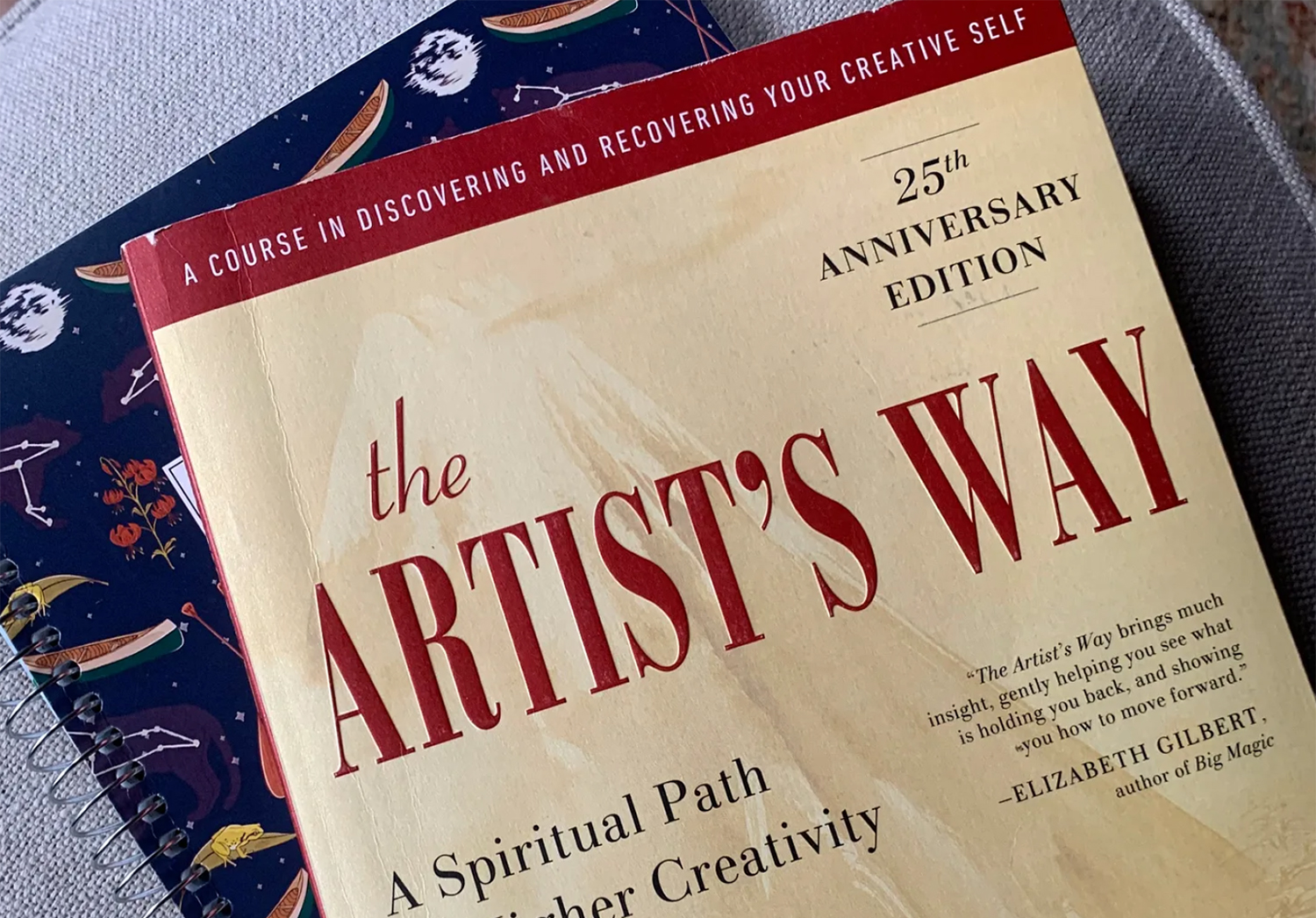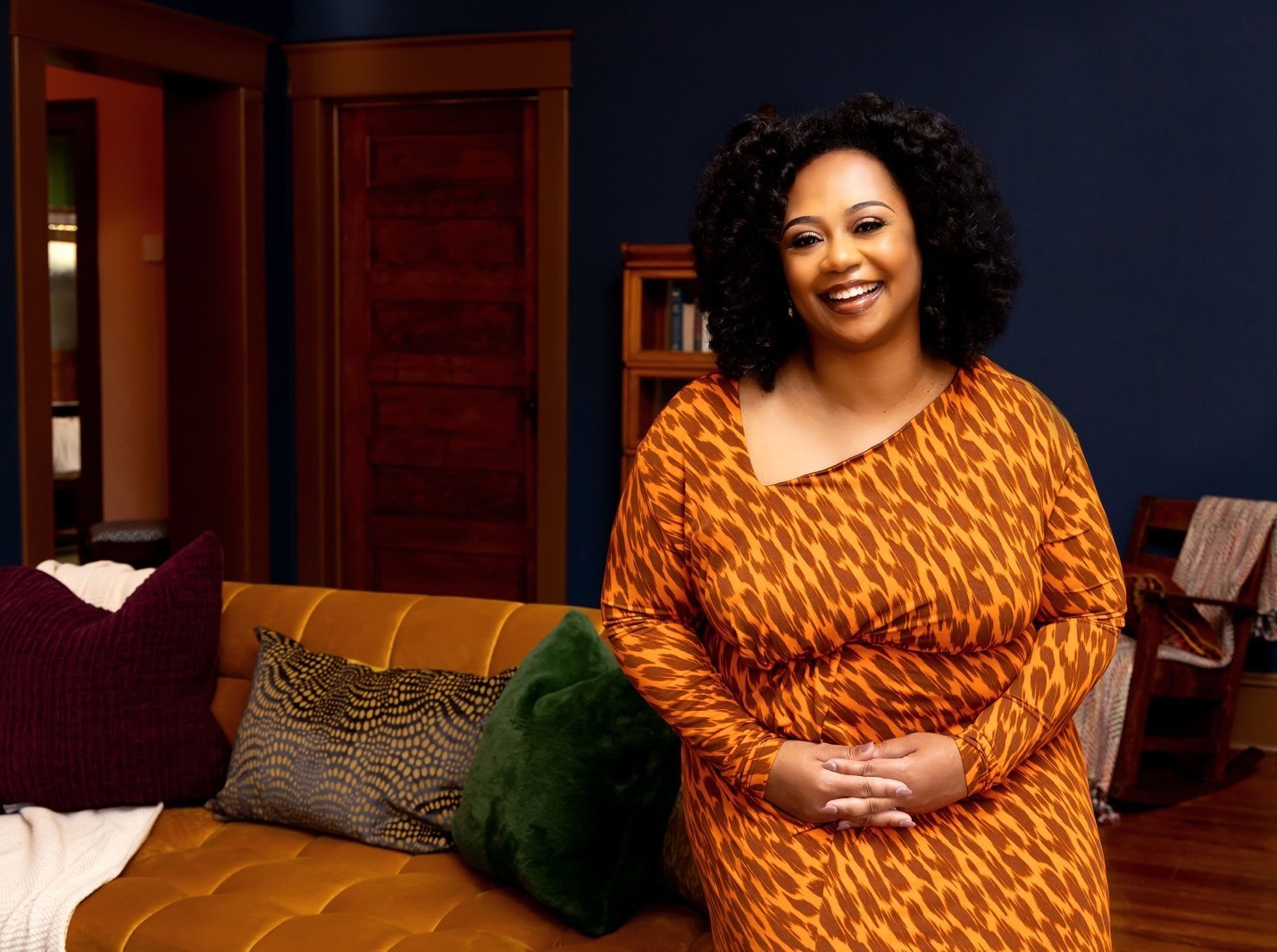
How to pick the right tattoo in your 40s and beyond
Jenni Miller got her first tattoo at 45 years old, a few years after her mom died. Jules Knowlton got her first tattoo at 61 years old, after a rough divorce. Although tattoos were long relegated to rebellious youth, it’s not uncommon now for women to start getting them in midlife. Of course, tattoos are significantly more mainstream than when we were born. But also, in many ways, it makes perfect sense that we’d feel readier as we age and many of us enter into an era of reclaiming and reinventing ourselves as we become grown-ass ladies.
The reasons for getting tattoos are as varied as people but there are common recurring themes: marking big life events and transitions like divorce and recovery, overcoming the fear of parental disapproval or religious indoctrination or workplace stigmas, beautifying a body part you’re insecure about, honoring a loved one, and embracing cultural heritage or sexual identity.
I started getting tattoos when I was in my mid-twenties, worked the front desk at a NYC tattoo shop when I was 30, and have been immersed in the subculture for about 15 years. I wanted to speak with women who started later than me and hear their stories; I resonated with the reasons they held off on getting them and the reasons they eventually forged ahead.

Jenni M., a freelance writer in Brooklyn, told me a tattoo was the final taboo in her liberal and not-very-religious Jewish household. She wore black and dyed her hair purple and got pierced, but tattoos were off limits. Her mom would say, “I’m gonna haunt you if you get tattooed after I die. I know you’re gonna do it and I’m gonna haunt you.” Jenni did wait until a few years after her mom passed to get her first tattoo — a skeleton key Jenni had worn as a necklace and had found in her mom’s drawer when she was young. It probably belonged to her grandmother. I love that the key tattoo, in a small way, honored those who would be rolling in their graves at its existence.
Jenni M.’s not alone in her complex feelings of fear and respect toward those who raised her. Jules still hasn’t shown her 88-year-old mom the black-and-gray hawk moth on her upper back. Her tattooed daughter hasn’t shown hers to grandma either. I waited a year after my first one (a human heart and skull on my shoulder blade) to break the news to my displeased mother.
If it’s not parents, it can be the expectations of society and our inner voices that we finally hurdle. Jenny Catlin, who started getting really into tattoos at 38, said, “I’d spent 20 years being really weird and left field and then tried to not be for 10 years, like, I’m going to be a regular real person. And then when I returned to getting tattooed, it was sort of my rejection of it: I’m never gonna be that person.” Tattoos can be both a poetic and tangible commitment to who you want to be.
When Jenny C. got a hand tattoo, it was a promise to herself not to have a shitty corporate job. She did end up working briefly for a political organization and covered her tattoo with a hand brace at an event in Washington D.C. I thought of my chest piece as a similar promise to myself, a commitment to life in the arts — and less dramatically, I had a brief stint at a catering job where my colorful arms were hidden under a black button-down.
However, the hiccups in manifesting our ideal life plans don’t seem to lead most of us to tattoo regret — the impetus is stronger than the obstacle. Fortunately, in the 2020s, most workplaces don’t care, and most tattoos are probably not going to be job-stoppers. Jenny C. actually sees tattoos as a benefit to the work she does now. Working for nonprofits, tattoos tend to be icebreakers and perceived as “undue street cred” with incarcerated folks and teenagers.
How do you pick the right tattoo for you?
Pushing outside influences and opinions aside, the reasons for getting tattooed and what we choose to put on our bodies are often personal and markers of profound transitions. Jules got her hawk moth after a divorce because the symbolism resonated with her.
This is just the beginning of this story. Read the entire article here on The Midst Substack.



